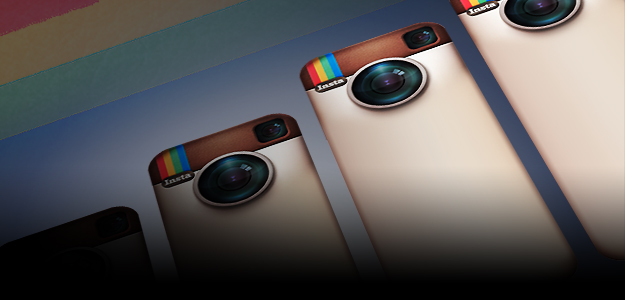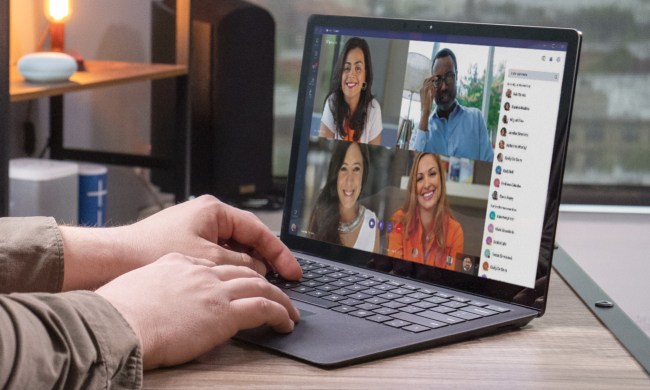 This Thanksgiving, Instagram exploded. “We saw record usage as Instagrammers shared photos of their loved ones and holiday celebrations,” the company announced the day after. “Over 10 million photos that mentioned Thanksgiving-themed words in their captions were shared yesterday. For several hours, more than 200 photos about Thanksgiving were posted every second.”
This Thanksgiving, Instagram exploded. “We saw record usage as Instagrammers shared photos of their loved ones and holiday celebrations,” the company announced the day after. “Over 10 million photos that mentioned Thanksgiving-themed words in their captions were shared yesterday. For several hours, more than 200 photos about Thanksgiving were posted every second.”
But the holiday was only the capstone to a busy couple of months: The effects of Hurricane Sandy and excitement of the presidential election both sent us running for Instagram, translating into massive days of use for the application.
I bring these instances up not to simply point out that Instagram is a success story – we all know that by now. Rather, these numbers mean the fledgling economy being built around Instagram is about to explode.
First, there are the tangible products spinning out of Instagram. These have been around nearly since day one; think Casetagrams, CanvasPops, Postagrams. These services take your Instagram photos and turn them into real-life prints. But there are also innovations like the Instacube and Projecteo, a digital photo frame that displays your feed and a tiny projector for your shots, respectively. This new hardware reimagines how we use the app and experience its content. Crowdfunding platforms like Kickstarter and Indiegogo bristle with Instagram-based project pitches. Hell, even Instagram is pumping Instagram-related products; check out its gift guide.

The fact that an image-sharing app has spawned printing services and photo memorabilia ideas isn’t terribly surprising. What is interesting is that fact that a simple image-sharing app is on the brink of creating an entire market filled with analytics and marketing startups.
We saw the same thing happen with Pinterest. The pinboard started as a fun visual-collector platform for users to obsess over, then quickly evolved into a marketer’s dream. Apps like Curalate and Pinerly (now called Reachli), came out of the woodwork to help brands create, monitor, and measure their Pinterest campaigns. The same is starting to happen with Instagram.
Curalate founder and CEO Apu Gupta sees strong visual elements as the common thread uniting Pinterest and Instagram, along with the markets sprouting up around them. “We’ve always felt that there was a larger trend happening – that consumers were increasingly engaged with brands using pictures and not words,” he says. “Pinterest is obviously a very popular example of this, but we’ve seen brands (and consumers) flock to Instagram as well.”
“Consumers want to engage with brands visually, and do so in multiple places. This gives brands an incredible opportunity to tell their stories visually. Unfortunately, these visual conversations can be very difficult to track, monitor, and understand. As a result, a whole new market is emerging for visual analytics, which includes companies like Curalate. While we are not able to comment about the specific platform we will support next, Curalate will continue to help brands understand consumer engagement with imagery wherever that engagement occurs. We think you’ll be pretty excited to see what’s coming next…”
That’s about all the confirmation I need to know we’ll see Curalate for Instagram soon.
And it isn’t alone. This week a startup called Nitrogram announced it’s raised $1 million from investors, including Betaworks (the brains behind the new Digg). Nitrogram analyzes a brand’s Instagram account to see how well it engages with users. The service has already signed on four of the leading brand names using Instagram, and a variety of pricing models (including a free option) should give individual users a chance to try it as well.

Brands are already taking to the Instagram platform in droves now. Will this ruin the experience? Not necessarily; if you don’t use the Discover tab all that much, then your feed of friends won’t be infiltrated by a brands’ content. But the larger implication – that Instagram may be the next social-marketing-platform du jour – is worrisome. News that Facebook plans to “monetize” Instagram recently broke, meaning the times they are a’changin. Targeted ads are a near certainty, although the Instagram lover in me hopes that a paid, no-ad version will be offered, or this type of content will be relegated to some sort of designated feed.
Social media is finally paying dividends: Twitter is now a media and advertising platform, Facebook has made a massive marketing push, Pinterest continues to court businesses, and now it’s Instagram’s turn. As Instagram usage and user numbers continue to grow, creators and startups alike are building for the platform, and Facebook is starting to talk about how precisely it plans to leverage its $1 billion purchase. No successful social network is ever going to be safe from this, we should realize. It’s an unproven, untested, unsafe market, and the businesses behind it want to turn it into something that doesn’t just delight users, but makes money. That’s why they’re businesses, after all.
On a more positive note, the way the market growing around Instagram isn’t as marketing-focused as it has been with other social platforms. An impressive amount of innovation is entirely user focused, and has nothing to do with giving brands a way to leverage the network. Products like Instaprint introduce real-life, real-time ways to experience Instagram, and there are a few platforms like Instacanvas, which allow users to buy and sell original images.
From such humble beginnings – which it’s stayed remarkably true to – it’s impressive how much Instagram has evolved. Really, how many apps can spawn a market of both physical goods and software projects? The answer is very few. Sure, it’s not mobile-only anymore, and lately it’s been making a big Web push, but feature and focus-wise, it’s still very much like the original Instagram. Clearly, the same can’t be said for the economy growing around it.


